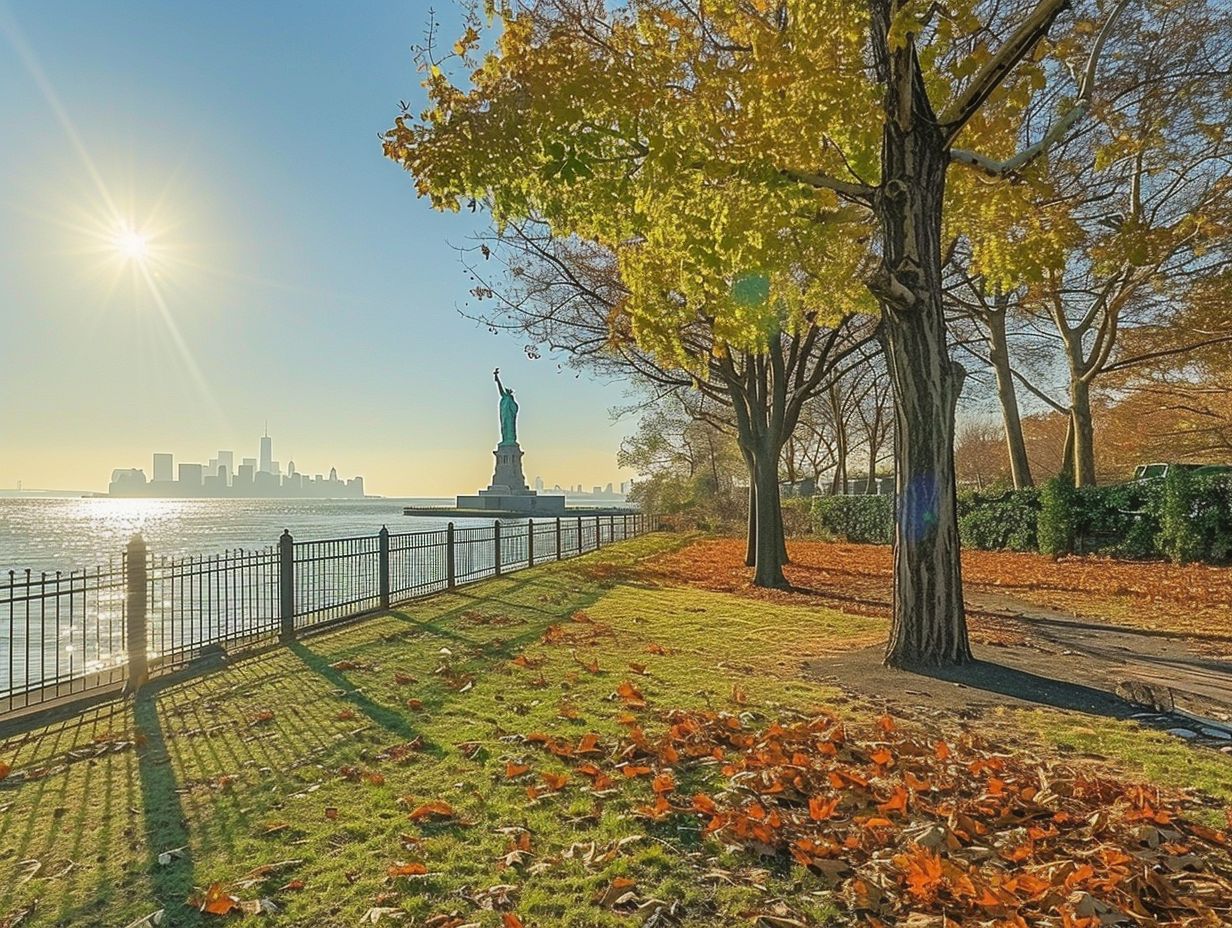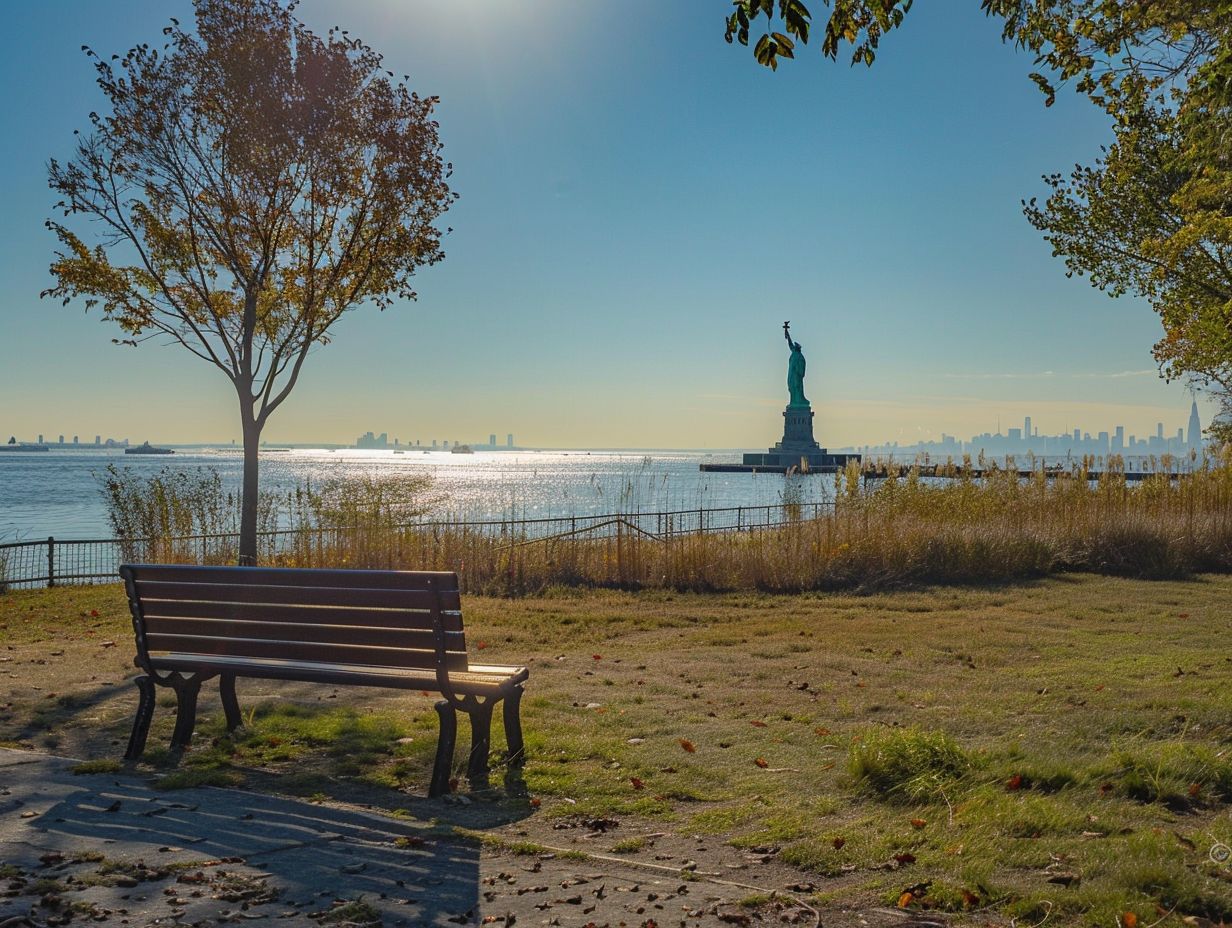Liberty State Park, located in Jersey City, New Jersey, is undergoing a significant transformation to restore and enhance its natural resources, particularly its wetlands. This guide provides a detailed overview of the Liberty State Park wetlands restoration project, focusing on the project’s goals, timeline, and costs, as well as unique perspectives and critical details for state park touring enthusiasts.
The Liberty State Park Wetlands Restoration Project
The primary goals of the Liberty State Park wetlands restoration project are to create tidal and non-tidal wetlands, enhance upland forest, grassland, and wetland habitats, improve park connectivity and public use, and address site contamination to ensure health, safety, and welfare. The project aims to transform the 210-acre interior section of the park, currently fenced off and inaccessible, into an ecological gem within Jersey City.
Project Timeline and Cost

The Liberty State Park wetlands restoration project is expected to be fully designed by Fall 2023, with construction scheduled to begin by January 2024. The project involves restoring over 80 acres of tidal and non-tidal wetlands and creating several thousands of feet of intertidal habitat, as well as the creation/enhancement of 27 acres of freshwater wetland and the addition of 50 acres of saltmarsh. While the exact cost of the project has not been disclosed, it is part of the larger Liberty State Park Revitalization Program, which aims to create central park features with panoramic hilltops, sweeping harbor/skyline views, meadows, wetland habitats, outdoor classrooms, and urban forests connected by approximately six miles of trails.
Unique Perspectives and Critical Details
The Liberty State Park wetlands restoration project offers a unique opportunity for state park touring enthusiasts to witness the transformation of a once-industrial site into a thriving ecological haven. The project includes an extensive complementary and fully integrated system of trails, paths, wildlife observation structures, and accompanying interpretive signage, providing responsible and suitable public access to various habitat areas.
For those interested in the history of the site, it is worth noting that Liberty State Park was once a stretch of wetlands, mud flats, and salt marshes abutting the Hudson River. In the 1800s, after being filled by rock and soil dug up for New York City construction projects, the land was transformed into an industrial transportation hub known as the CRRNJ Terminal. Today, the park offers sweeping views of the Jersey City and Manhattan skylines, the Statue of Liberty, and Ellis Island, making it a popular destination for both locals and tourists alike.

